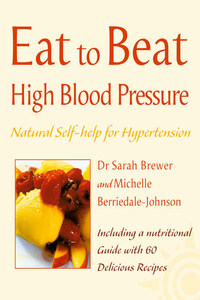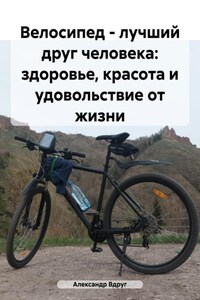High Blood Pressure: Natural Self-help for Hypertension, including 60 recipes

This guide is a must for anybody who wants to control high blood pressure naturally. Sarah Brewer, respected doctor and Telegraph columnist, has teamed up with Michelle Berriedale-Johnson, a successful special diets cookery writer, to provide readers with a comprehensive self-treatment plan that includes 60 mouth-watering recipes.Sales Handles:Heart disease is the number one killer in the West and is closely linked to high blood pressure, or hypertension.High blood pressure can be triggered by many things and diet is one of the major contributing factors.This clear and accessible guide provides an easy-to-follow nutritional plan that shows readers how to prevent and control high blood pressure by changing their eating habits.Dr Sarah Brewer also gives readers medically up-to-date information on high blood pressure, what causes it and how to control symptoms.The book also reviews all the orthodox and complementary treatments that are available.60 simple recipes from special diets expert Michelle Berriedale-Johnson allow sufferers to control their condition while still enjoying their food.







